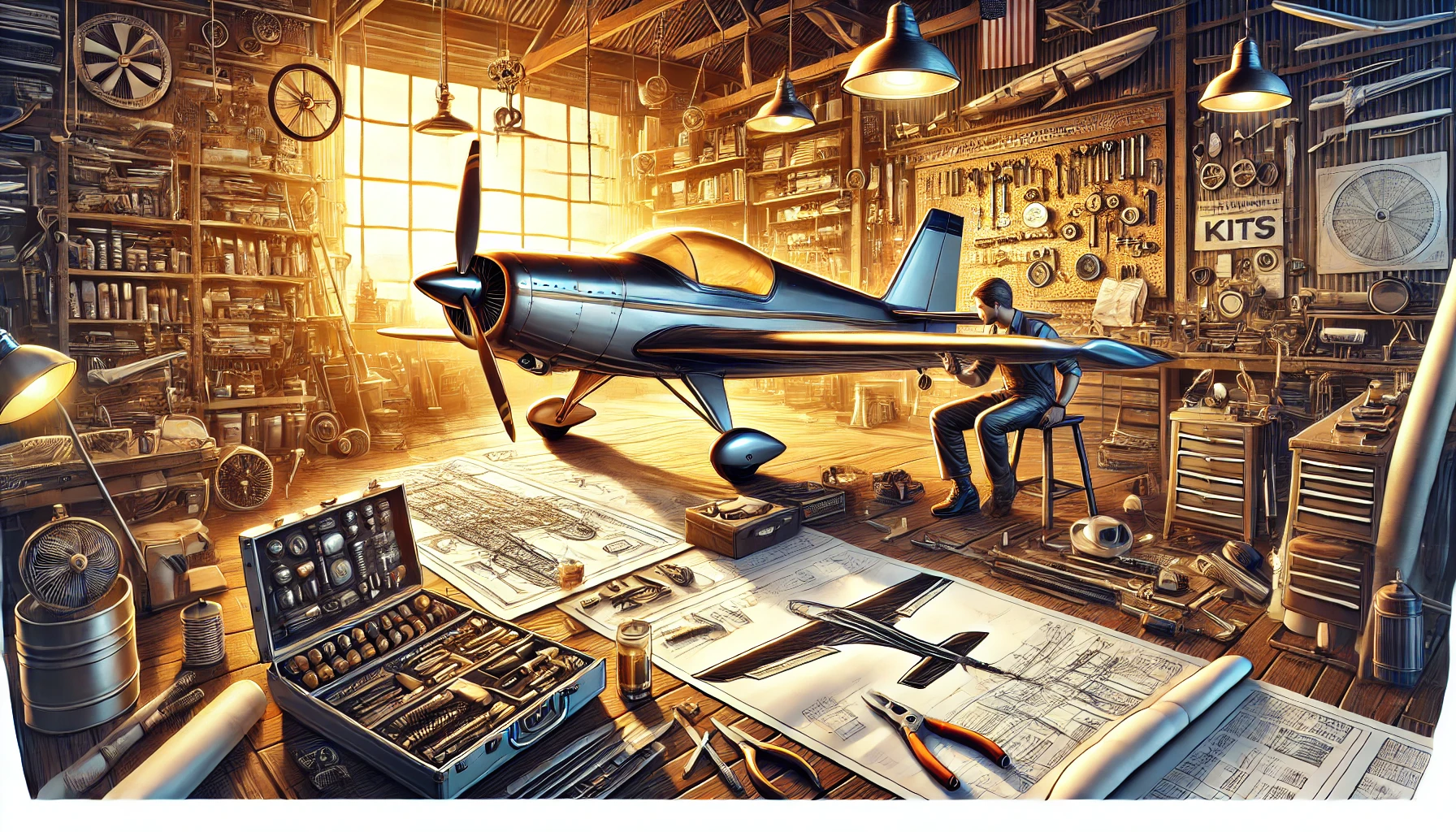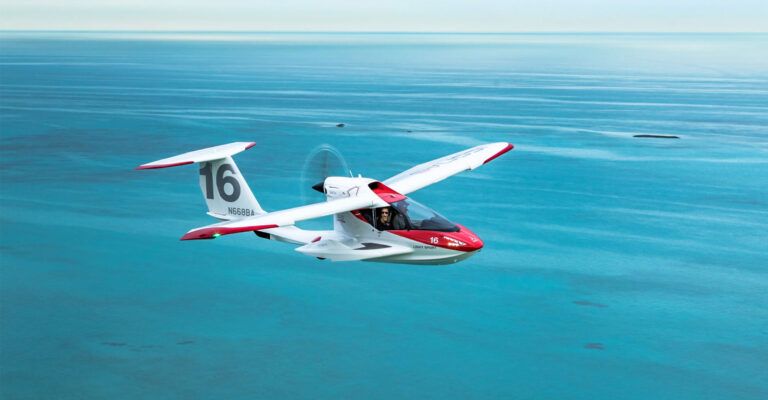The Ultimate Guide to Aircraft Kits: Everything You Need to Know
Building your own airplane may sound like a daunting task, but with an aircraft kit, it’s more achievable than ever. Aircraft kits allow aviation enthusiasts to construct their planes at home, offering a unique combination of affordability, customization, and the satisfaction of creating something truly personal. This guide will dive into everything you need to know about aircraft kits: their benefits, challenges, and how to get started.
What Is an Aircraft Kit?
An aircraft kit is a package containing all the necessary parts to build a functional airplane. These kits are designed for assembly by individuals, whether they’re experienced builders or first-time enthusiasts. They usually include detailed instructions and may even come with customer support or online tutorials to help throughout the process.
Aircraft kits are popular among aviation enthusiasts for several reasons:
- Cost-Effectiveness: Building an aircraft from a kit is often much cheaper than purchasing a ready-to-fly model.
- Customization: You can tailor the plane to your preferences and intended use.
- Learning Experience: The process provides valuable insights into aviation mechanics and engineering.
Why Choose an Aircraft Kit?
Opting for an aircraft kit comes with several benefits, making it an excellent choice for hobbyists and aspiring pilots alike.
- Affordable Aviation
One of the biggest advantages of an aircraft kit is the cost savings. Pre-assembled aircraft often come with high price tags, partly due to labor and manufacturing costs. By constructing the plane yourself, you eliminate much of this expense. - Customization Opportunities
With an aircraft kit, you have the freedom to personalize everything from the interior layout to the engine type. This flexibility allows you to design a plane that fits your specific needs. - Skill Development
Building an aircraft enhances your understanding of aerodynamics, engineering, and aircraft maintenance. For many, the educational aspect is just as rewarding as the final product. - A Unique Achievement
Few projects offer the same level of satisfaction as completing a fully functional airplane. The pride of flying a plane you built with your own hands is unmatched.
You may need it: Top 10 Must-See Kit Planes for Builders and Flyers
Challenges of Building an Aircraft Kit
While building an aircraft kit is rewarding, it’s not without its challenges. Understanding these upfront will help you better prepare for the journey.
- Time Investment
The process of assembling an aircraft kit is time-consuming, often requiring 800–2,000 hours of work. Depending on your schedule, this could take one to three years to complete. - Technical Knowledge
Although most kits are designed for amateur builders, some steps can be complex and require basic mechanical or engineering skills. Assistance from experienced professionals may sometimes be necessary. - Regulatory Requirements
To fly legally, your homebuilt aircraft must pass inspections and meet FAA regulations. This involves careful documentation and thorough testing.
In my personal experience, building an aircraft kit is an incredible journey, but it demands patience and commitment. The satisfaction of flying a plane you’ve built makes the challenges worthwhile.
Popular Aircraft Kits on the Market
The growing popularity of aircraft kits has led to a wide range of options. Here are three of the most sought-after manufacturers:
- Kitfox Aircraft
Kitfox is known for its lightweight and versatile aircraft kits. These are beginner-friendly, making them a great choice for first-time builders. - Van’s Aircraft
Van’s Aircraft is one of the most popular kit manufacturers in the world, offering reliable designs and comprehensive instructions. Their RV series is particularly well-regarded. - Sling 4 Aircraft Kits
For those looking for sleek, high-performance planes, the Sling 4 kits offer modern designs and advanced features.
Each of these manufacturers provides high-quality kits tailored to different needs and skill levels. Researching these options will help you find the perfect fit for your project.

How to Build Your Own Aircraft Kit
Building an aircraft kit may seem overwhelming, but breaking it down into manageable steps can make the process more straightforward.
- Research
Start by researching different kits to find one that suits your needs. Consider factors like cost, complexity, and your intended use for the plane. - Purchase Your Kit
Once you’ve chosen a model, buy it from a reputable manufacturer. Ensure the kit includes detailed instructions and all necessary components. - Prepare Your Workspace
Set up a dedicated area for construction. This should be well-lit, spacious, and equipped with the tools required for assembly. - Follow the Instructions
Most aircraft kits come with comprehensive manuals or online guides. Follow these step-by-step to ensure a smooth building process. - Seek Help if Needed
If you encounter challenges, reach out to the manufacturer’s support team or join an online community of builders for advice. - Inspections and Certification
Once your aircraft is complete, it must undergo FAA inspections and meet airworthiness standards before it can be flown.
How Long Does It Take to Build an Aircraft Kit?
The time required to complete an aircraft kit depends on several factors, including the complexity of the model and the builder’s experience.
- Simple Kits: May take around 800 hours, equivalent to roughly one year if you work 15–20 hours per week.
- Advanced Kits: Can require 1,500–2,000 hours, taking two to three years for part-time builders.
Time management and consistent effort are key to staying on track and completing the project within your desired timeline.
Aircraft Kits and FAA Regulations
Safety and compliance are critical when building and flying a homebuilt aircraft. The FAA has strict requirements to ensure all planes meet airworthiness standards.
- Documentation
Maintain detailed records of your build process, including photos, receipts, and notes. This documentation will be required during inspections. - Inspections
The FAA or a designated inspector will examine your aircraft to ensure it meets safety and performance criteria. - Test Flights
Before receiving full certification, your aircraft will undergo supervised test flights to evaluate its capabilities and safety.
Meeting these requirements is essential to legally and safely operate your homebuilt plane.
You may like: Why Choose an Evektor Harmony for Recreational Aviation?
Buying Pre-Owned Aircraft Kits
If you’re not ready to start from scratch, you might consider buying a pre-owned aircraft kit. Here’s what to look for:
- Build Quality
Inspect the components for signs of wear or poor workmanship. - Documentation
Ensure the previous owner has kept detailed records of the build process. - FAA Compliance
Confirm that the kit or partially built plane complies with FAA regulations.
Conclusion: Is an Aircraft Kit Right for You?
Building an aircraft kit is a fulfilling experience that combines technical skills, creativity, and a passion for aviation. Whether you’re looking to save money, learn about airplane mechanics, or achieve the ultimate DIY project, an aircraft kit is an excellent choice.







